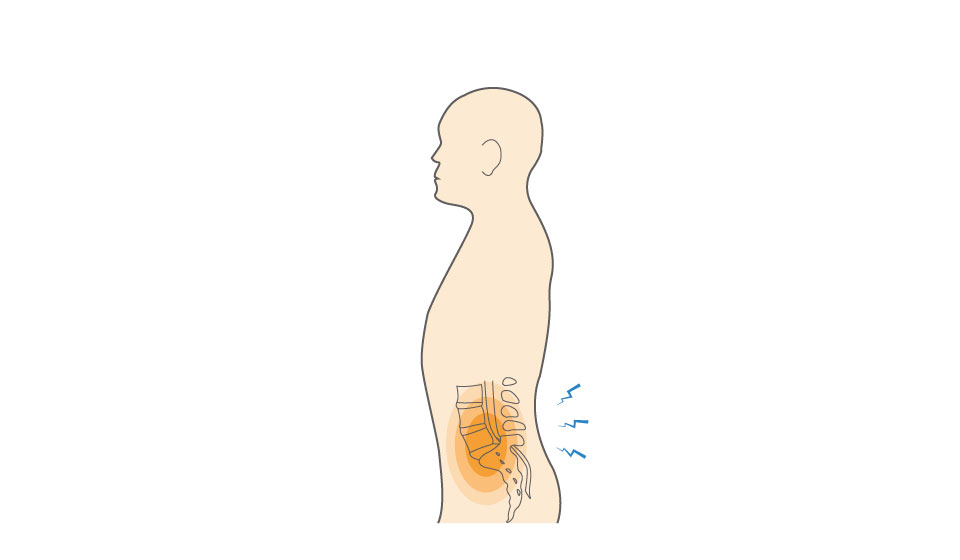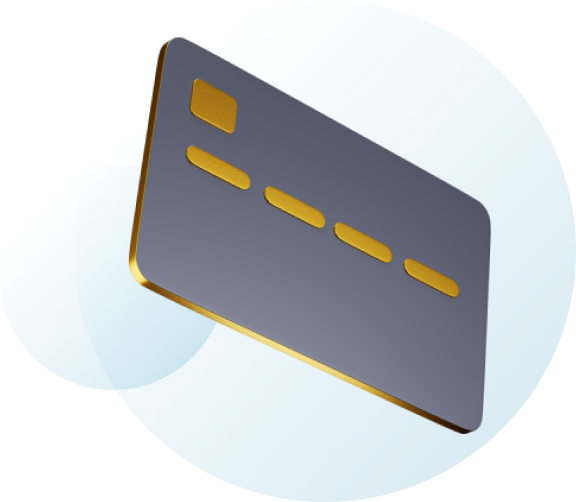Spondylolisthesis is a condition in which one of the vertebrae of the lower spine “slips” forward in relation to another. Spondylolisthesis is usually caused by stress on the joints of the lower back. It can also be associated with degeneration (arthritis) of the spine. Although this condition can cause low back pain and sciatica, it may cause no symptoms at all.
Spondylolisthesis (Degenerative) Symptoms & Treatment
Spondylolisthesis is a condition in which one of the vertebrae of the lower spine "slips" forward in relation to another. Spondylolisthesis is usually caused by stress on the joints of the lower back. It can also be associated with degeneration (arthritis) of the spine. Although this condition can cause low back pain and sciatica, it may cause no symptoms at all.
Overview
Overview

What causes Spondylolisthesis (Degenerative)?
There are several causes of Spondylolisthesis as shown below:
- Type 1 – Congenital – this means you are born with a defect in one of the vertebrae, typically the L5 vertebra.
- Type2 – Isthmic – this occurs in children and young people, usually as a consequence of repeated stress on the low back.
- Type 3 – The degenerative (late in life) type is an acquired condition resulting from chronic disk degeneration, leading to long-standing segmental instability and gradual slippage, usually at L4-5

Symptoms
The most common symptom of Spondylolisthesis is low back pain
Common symptoms also include:
- Pain in the lower back that feels like a muscle strain
- Pain that spreads to the buttocks and thighs
- Pain that gets worse with physical activity
Patients with severe slippage of the vertebrae (spondylolisthesis) may experience tingling or numbness due to pressure on the nerves
When to see a doctor
You should see a doctor if you have persistent back pain unresponsive to conservative measures. If you are experiencing any neurologic symptoms like numbness or tingling in your legs or weakness in either lower extremity you should set up an appointment to see your physician During a physical examination, he or she will look for signs of tenderness and test their range of movement. They may look to see if there are any issues with your gait or how you stand. X-rays or other imaging tests may be taken to confirm if there is a fracture of a vertebra. Imaging tests also help doctors evaluate how much slippage has occurred, which they often describe as “low grade” or “high grade.”
Non-operative treatment
Non-operative treatment is usually effective for cases of low grade spondylolisthesis. Examples of conservative treatment include:
- Rest from sports that place stress on the back
- Nonsteroidal anti-inflammatory drugs (NSAIDs), such as ibuprofen and naproxen, for pain relief
- Wearing a back brace to limit movement and promote healing of the muscles and bones of the lower back
- Physical therapy for muscle stretching and strengthening
Try these exercises to help address your condition:
Below is a PDF of the Exercise Program
Surgical Treatment
Your doctor may recommend a surgical procedure if you have a high grade spondylolisthesis or if conservative measures are not effective in relieving symptoms. Your doctor will advise if surgery is an option you should consider. Surgery often involves a decompression and spinal fusion.
Recovery
Recovery from spondylolisthesis varies depending on the grade of the disease. When the grade of the spondylolisthesis is low often the problem can be treated non operatively with a relatively quick recovery. Recovery from surgery can often take up to 6 months.
GET BACK TO WHAT YOU LOVE. FASTER
Sources
https://orthoinfo.aaos.org/en/diseases–conditions/spondylolysis-and-spondylolisthesis/https://viewmedica.com/vm/index/brochure/68/spondy/enhttps://my.clevelandclinic.org/health/diseases/10303-spondylolysis

